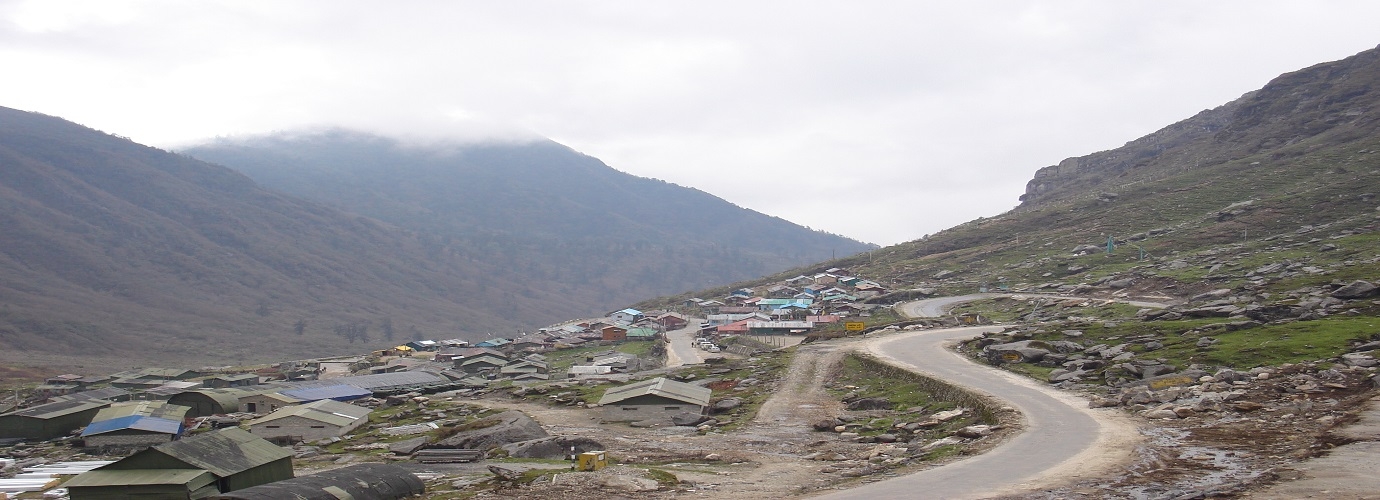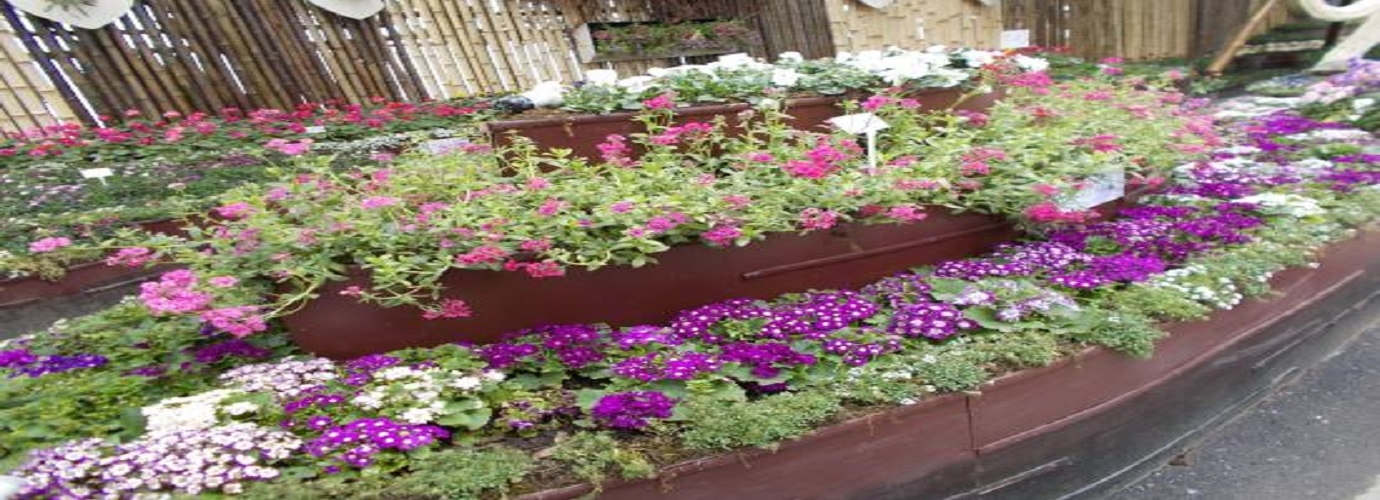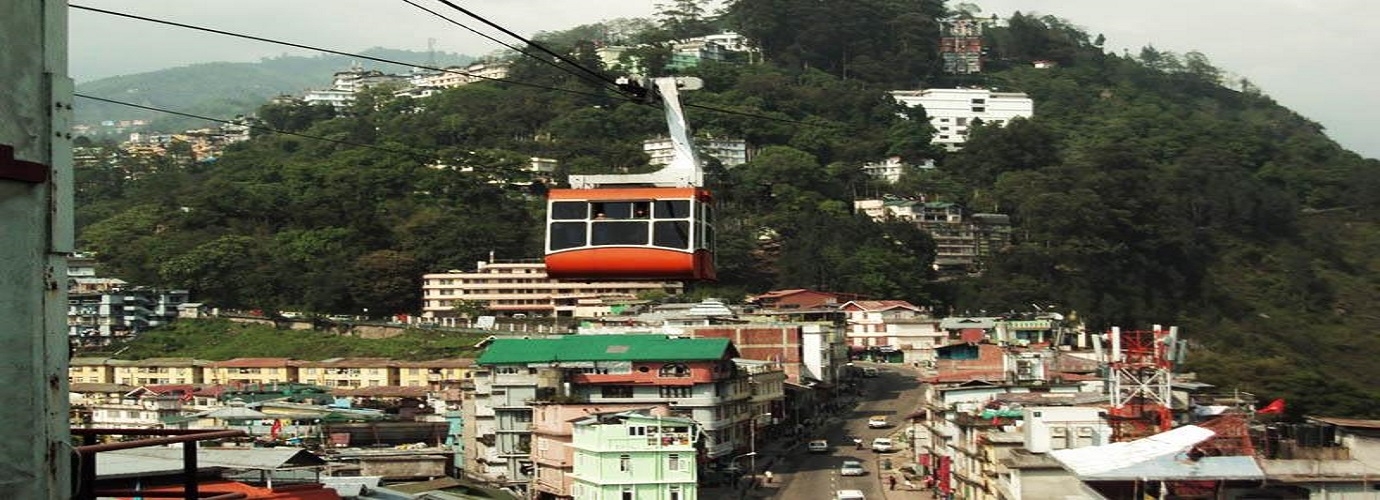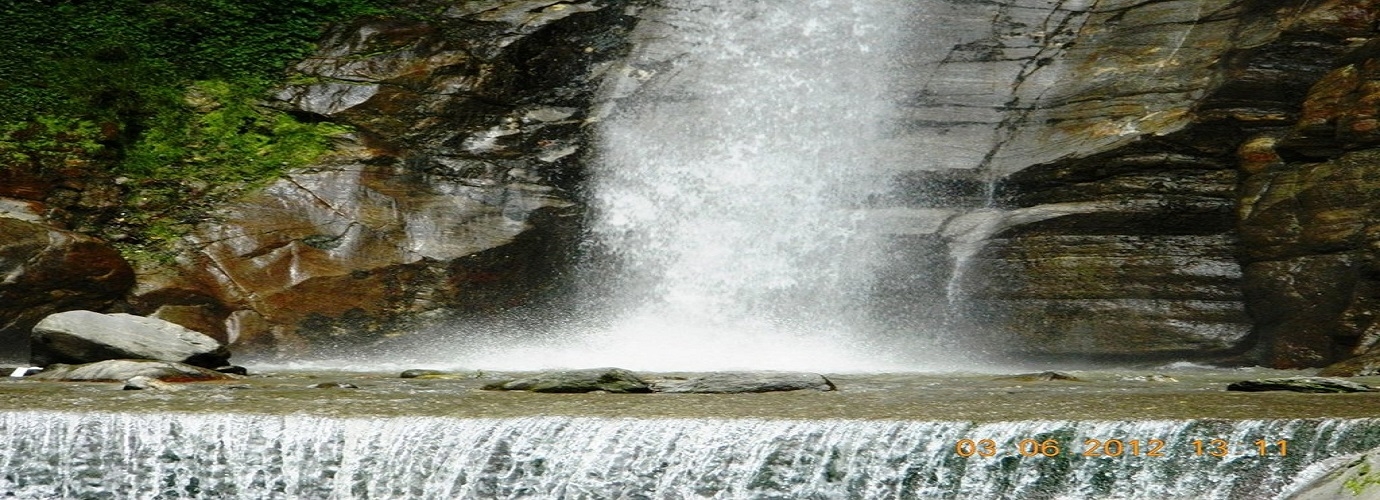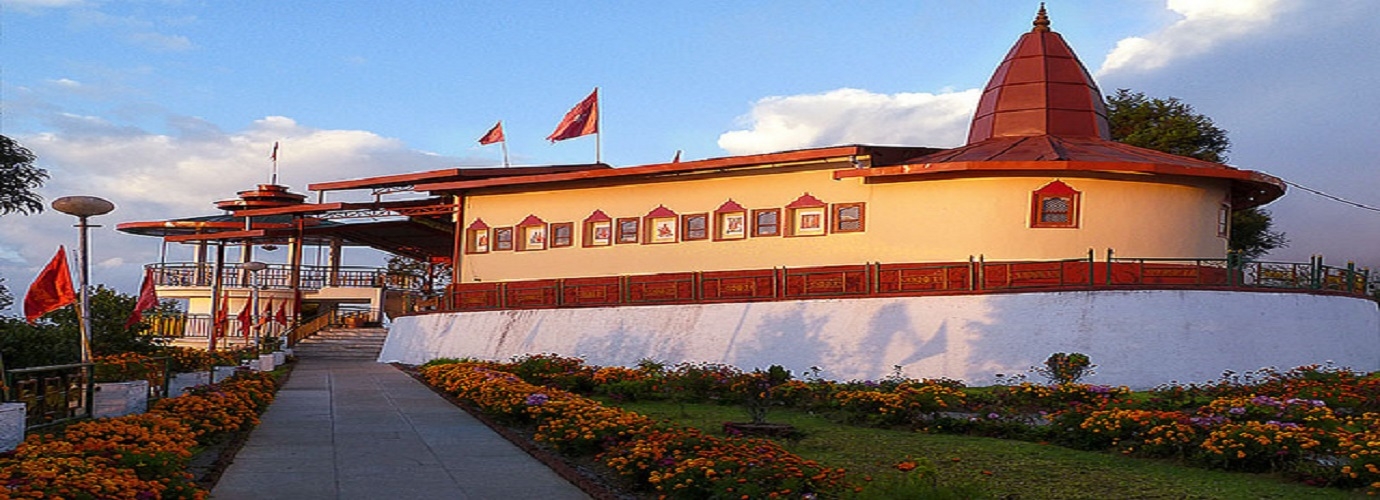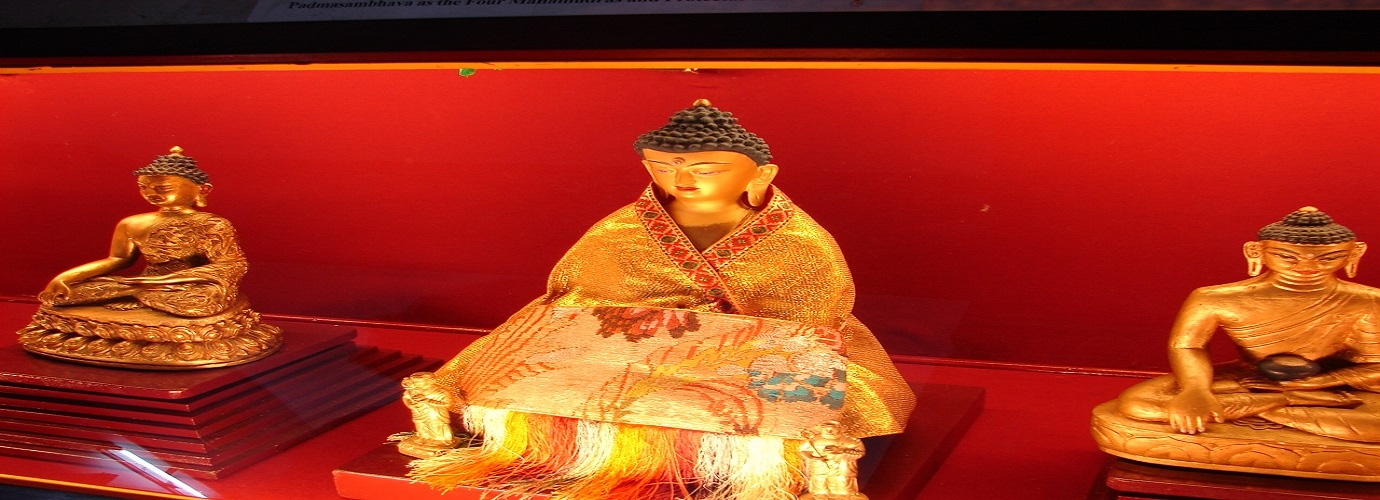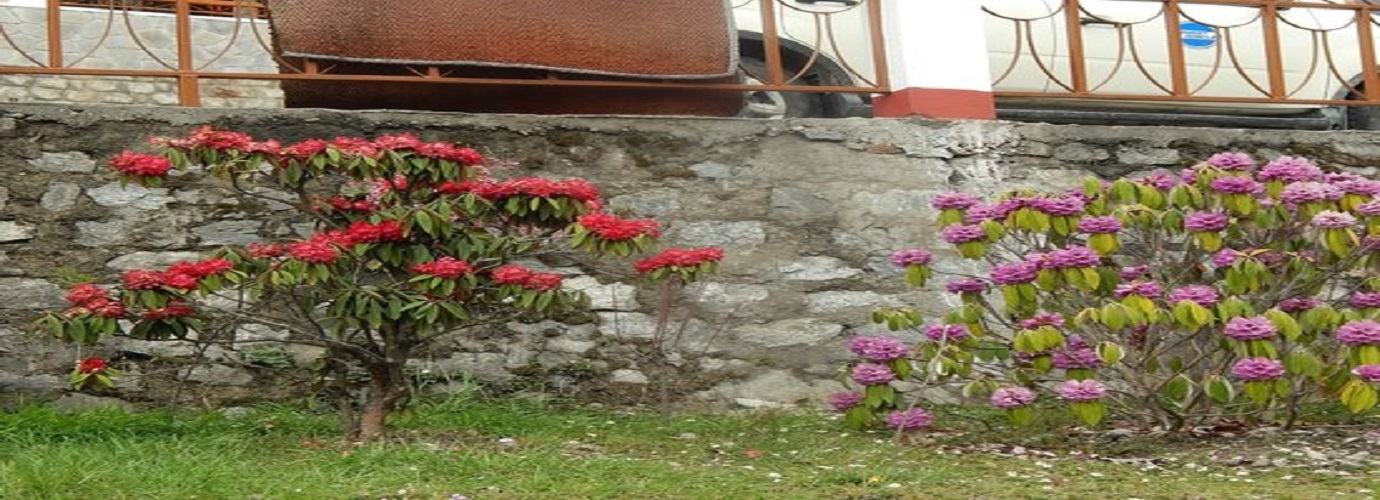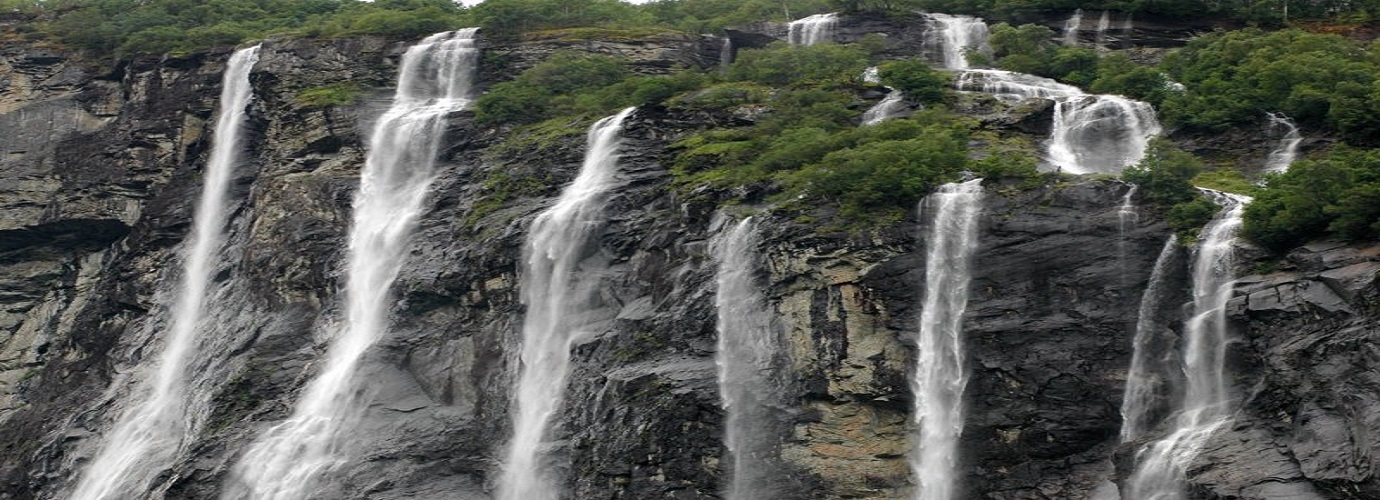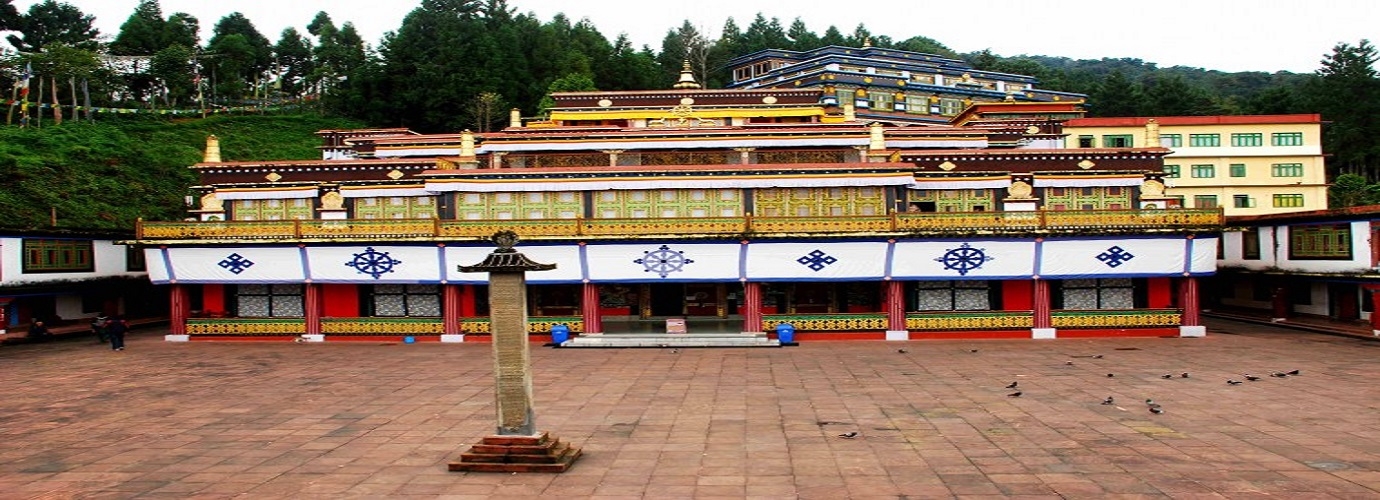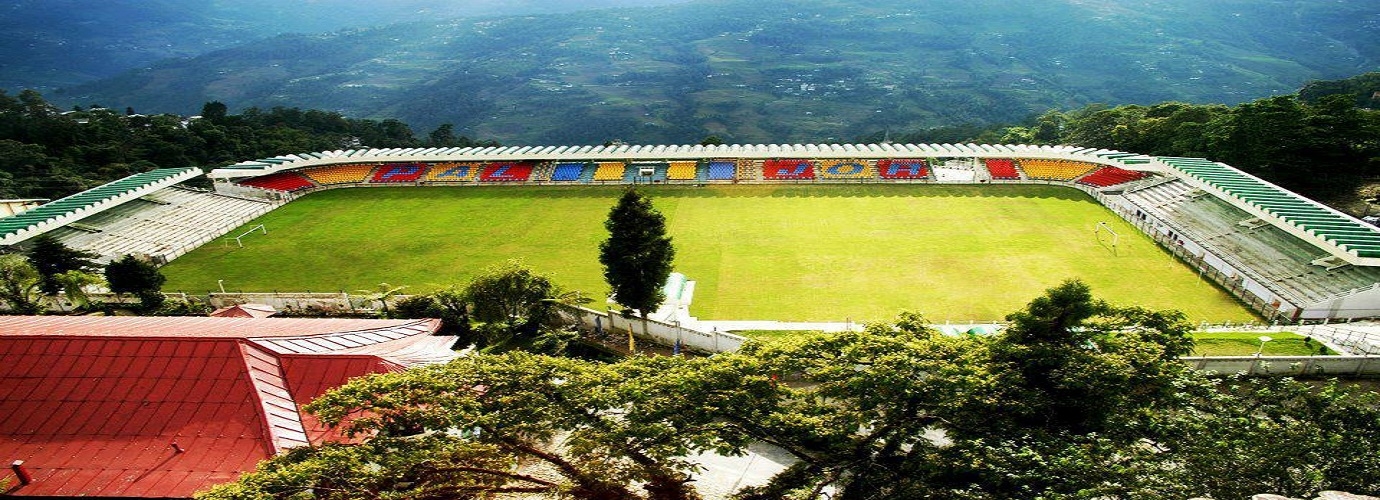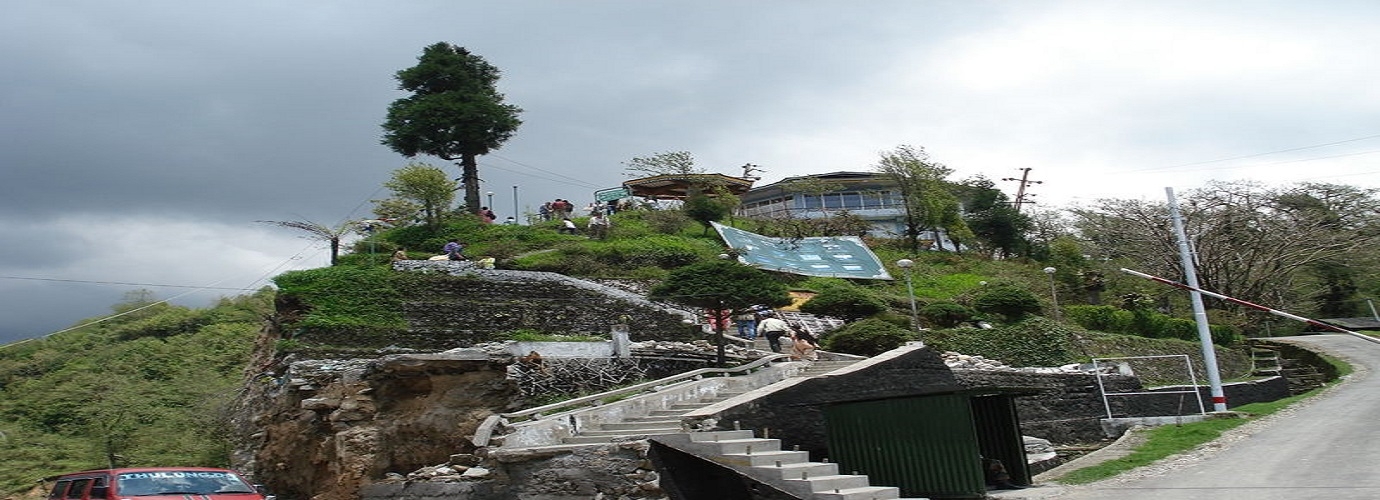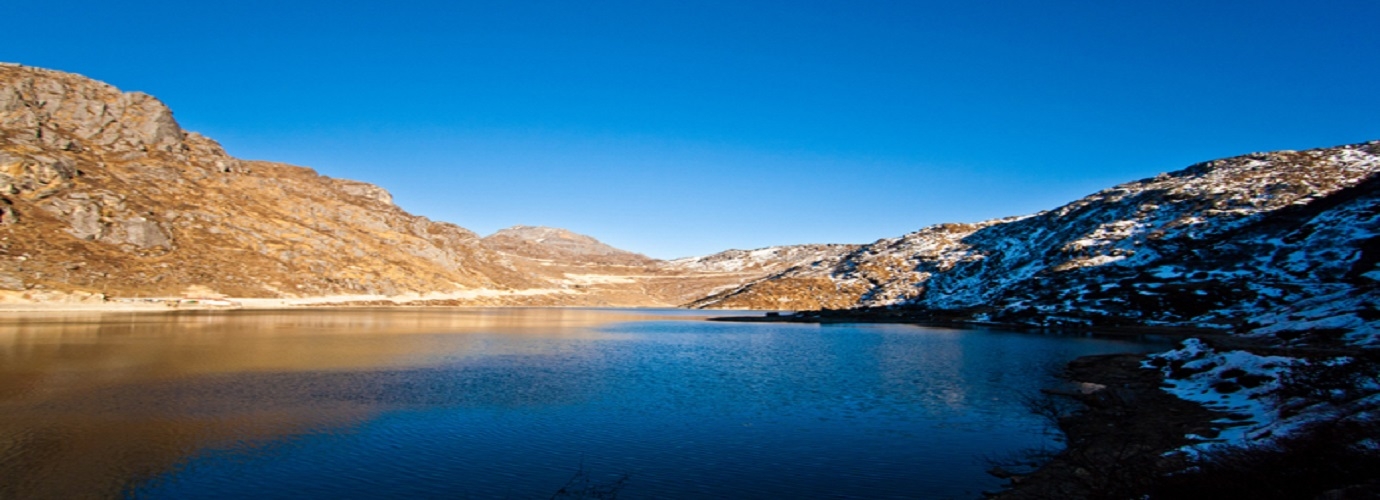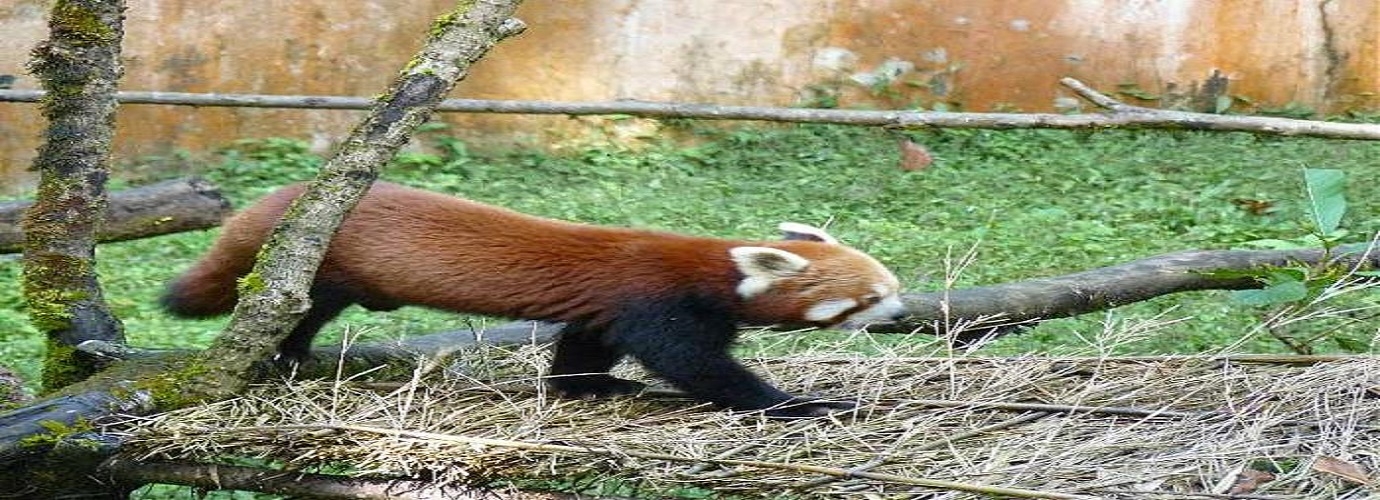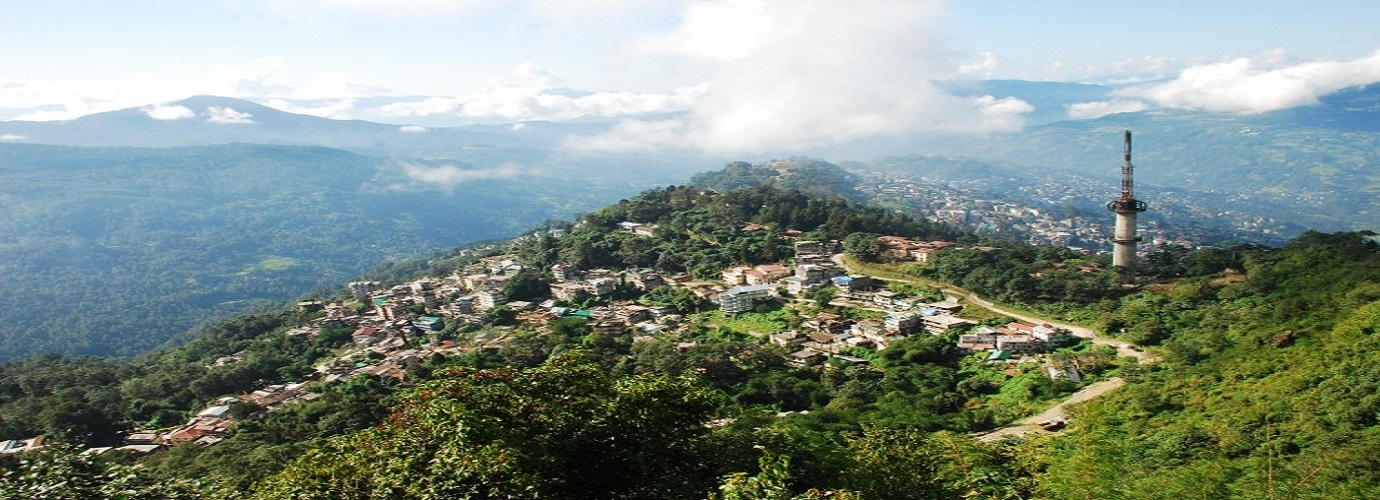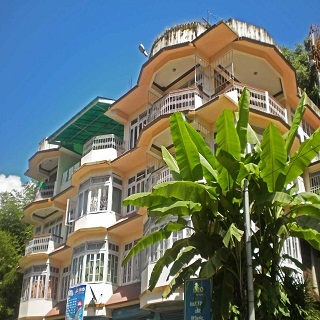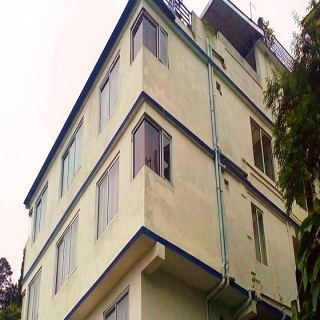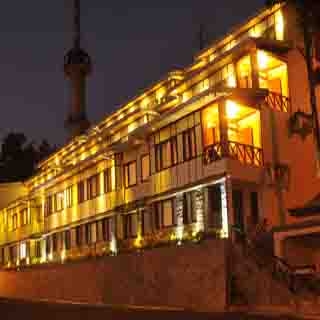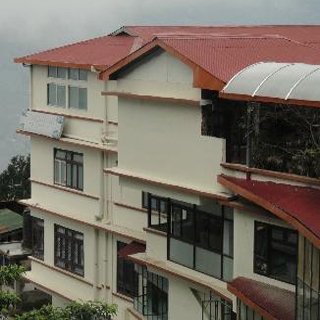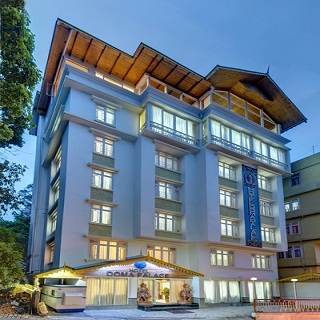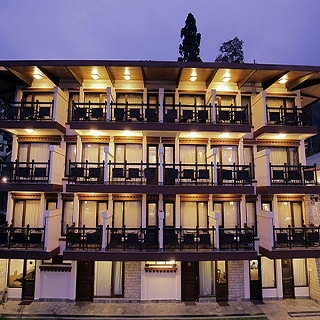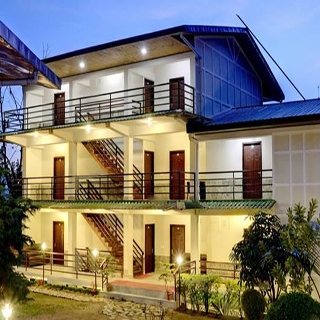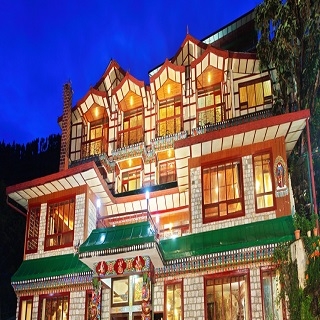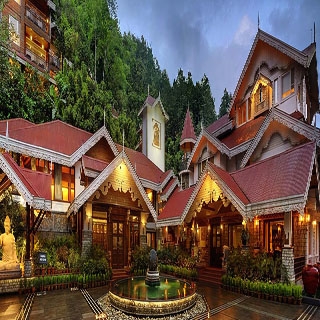A popular food in Gangtok is the momo, a steamed dumpling containing pork, beef and vegetables cooked in a doughy wrapping and served with watery soup. Wai-Wai is a packaged snack consisting of noodles which are eaten either dry or in soup form. A form of noodle called thukpa, served in soup form is also popular in Gangtok. Other noodle-based foods such as the chowmein, thenthuk, fakthu, gyathuk and wonton are available. Other traditional Sikkimese cuisine include shah-phaley (Sikkimese patties with spiced minced meat in a crisp samosa-like case) and Gack-ko soup. Restaurants offer a wide variety of traditional Indian, continental and Chinese cuisines to cater to the tourists. Churpee, a kind of hard cheese made from cow's or yak's milk is sometimes chewed. Chhang is a local frothy millet beer traditionally served in bamboo tankards and drunk through bamboo or cane straws.
Gangtok
Sikkim
East
Gangtok is a municipality, the capital and the largest town of the Indian state of Sikkim. It also is the headquarters of the East Sikkim district. Gangtok is located in the eastern Himalayan range, at an elevation of 1,650 m (5,410 ft). The town's population of 100,000 belongs to different ethnicities such as Nepali, Lepchas and Bhutia. Nestled within higher peaks of the Himalaya and enjoying a year-round mild temperate climate, Gangtok is at the centre of Sikkim's tourism industry. The hospitality industry is the largest industry in Gangtok as the city is the main base for Sikkim tourism. Summer and spring seasons are the most popular tourist seasons. Ecotourism has emerged as an important economic activity in the region which includes trekking, mountaineering, river rafting and other nature oriented activities.
Distance from:
Siliguri
113 KMKishanganj
214 KMAlipurduar
242 KMKolkata
671 KMGangtok
Sikkim
East
Gangtok is a municipality, the capital and the largest town of the Indian state of Sikkim. It also is the headquarters of the East Sikkim district. Gangtok is located in the eastern Himalayan range, at an elevation of 1,650 m (5,410 ft). The town's population of 100,000 belongs to different ethnicities such as Nepali, Lepchas and Bhutia. Nestled within higher peaks of the Himalaya and enjoying a year-round mild temperate climate, Gangtok is at the centre of Sikkim's tourism industry. The hospitality industry is the largest industry in Gangtok as the city is the main base for Sikkim tourism. Summer and spring seasons are the most popular tourist seasons. Ecotourism has emerged as an important economic activity in the region which includes trekking, mountaineering, river rafting and other nature oriented activities.
Distance from:
Siliguri
113 KMKishanganj
214 KMAlipurduar
242 KMKolkata
671 KMMore About Gangtok
Places to Visit
 Flower Exhibition Centre
Flower Exhibition Centre
 Gangtok Ropeway
Gangtok Ropeway
 Banjhakri Water Falls
Banjhakri Water Falls
 Namgyal Institute of Tibetology
Namgyal Institute of Tibetology
 Kabi Longstok
Kabi Longstok
 Nathu La
Nathu La
 Palzor Stadium
Palzor Stadium
 Hanuman Tok
Hanuman Tok
 Ganesh Tok View Point
Ganesh Tok View Point
 Seven Sisters Waterfalls
Seven Sisters Waterfalls
 Rumtek Monastery
Rumtek Monastery
 Shingba Rhododendron Sanctuary
Shingba Rhododendron Sanctuary
 Do Drul Chorten Stupa
Do Drul Chorten Stupa
 Himalayan Zoological Park
Himalayan Zoological Park
 Tashi View Point
Tashi View Point
 Tsomgo Lake
Tsomgo Lake
How to Get There?
Airport
- Bagdogra - 125 Km
- Cooch Behar Airport - 244
- Paro Airport - 379 Km
Railway
- Ghum Railway Station - 92 Km
- Siliguri - 113 Km
- Kurseong Railway Station - 115 Km
- New Jalpaiguri - 120 Km
Bus
- Darjeeling - 96 Km
- Jalpaiguri - 154 Km
- Dharan - 249 Km
- Paro - 383 Km
Road
- Kalimpong - 74 Km
- Nagrakata - 141 Km
- Dalkhola - 243 Km
- Dinajpur - 346 Km


